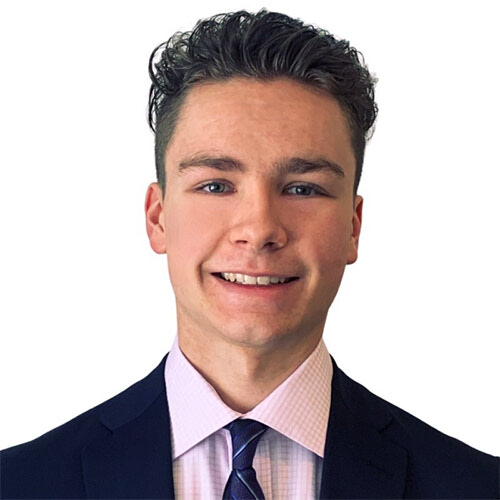 |
|
Title Copy That! Multidisciplinary Radio Communication Simulations to Prepare Event Medical Teams Contributors Anthony Seto BHSc(Hons) MD CCFP(EM) Michael McCue BScN MD Alia Arafat BKin(Hons) Connor Hass BSc(Hons) Introduction At mass gathering events, where communication is challenged by loud music and large geographic space, radios facilitate team communication and collaboration to manage medical issues. There is an opportunity to use simulation as a training modality to practice radio communication skills to better prepare event medical teams for emergencies. The goal of these simulations would be to hone verbal communication skills, such as keeping messages concise and ensuring that communication loops are closed. Objective Our objective was to develop and implement a radio communication simulation for event medical teams to improve communication self-efficacy. Methods The curriculum has 2 parts. In Part 1, participants split into trios, and each person is assigned the role of “rover”, “dispatch”, or “main medical”. After the “rover” reviewed a scenario card, the trio communicated within their group to arrange patient care. Trios faced back-to-back, using only speech to communicate, and were instructed to complete 2-4 scenarios with a mini-debrief between scenarios. In Part 2, participants split into duos, being assigned either “rover” or “patient”. Duos formed a circle, encasing 3 people in the middle (central team), functioning as “dispatch”, “main medical”, and “transport”. Each duo had 1 scenario, acted out by the “patient”, for the “rover” to assess and communicate with the central team. Time-permitting, a second iteration of Part 2 was facilitated. A large group debrief was facilitated after each part. Post-sessions, participants completed a program evaluation survey. Results The average session rating (N=23) was 4.13/5. Ratings (/5) increased (p<0.05) for each self-efficacy statement regarding “closed-loop communication”, “audible/understandable messages”, “accurate summary of issues”, “accurate acuity”, “comprehensive, yet concise”, “appropriate moments to communicate”, and “respectful/professional”. Conclusions This program increased participants’ self-efficacy for communication competencies, while being positively received. Benefits of strong radio communication in event medicine overlap with areas of communication in other clinical contexts. |
Connor Hass is a first-year medical student at the University of Calgary. Since 2020, he has worked and volunteered in the prehospital setting as a medical responder. Connor is the president of the Association of Campus Emergency Response Teams of Canada,


